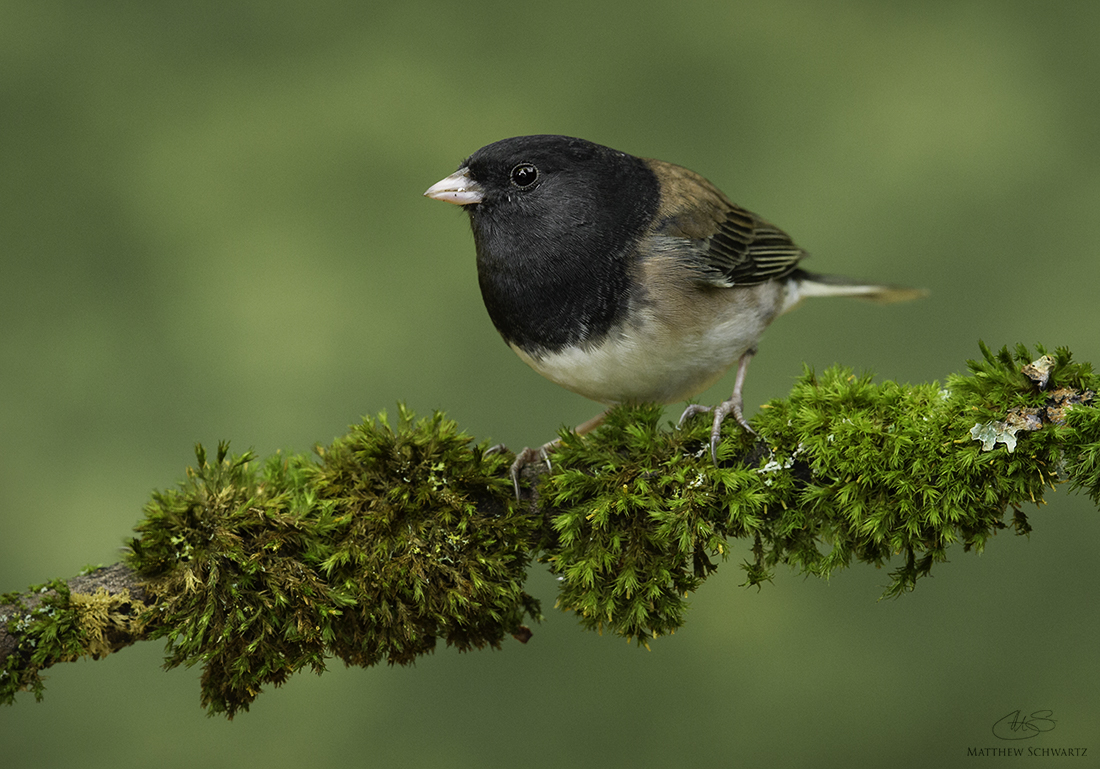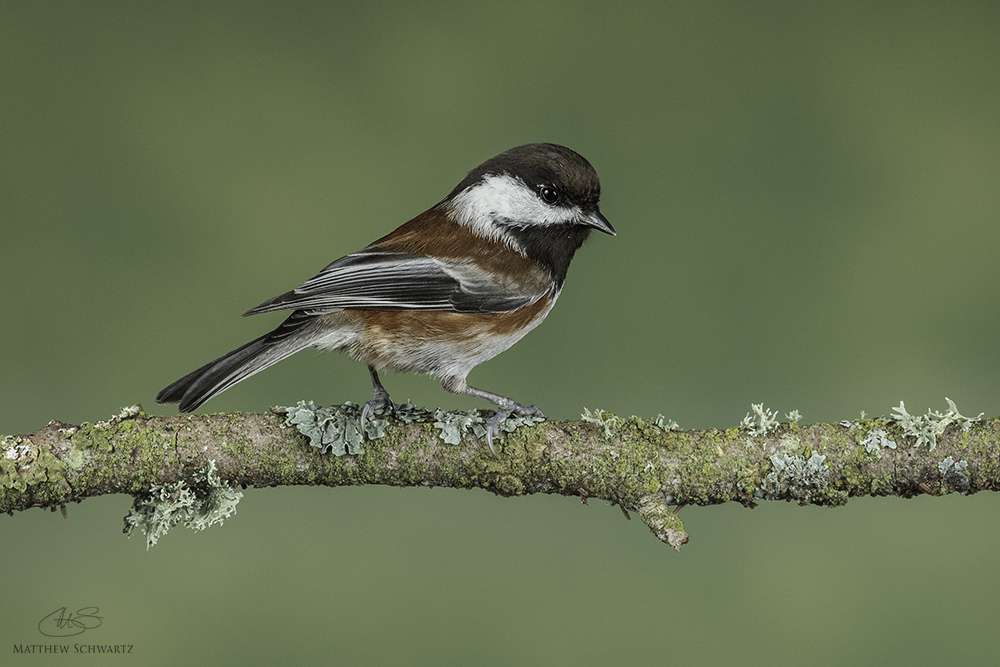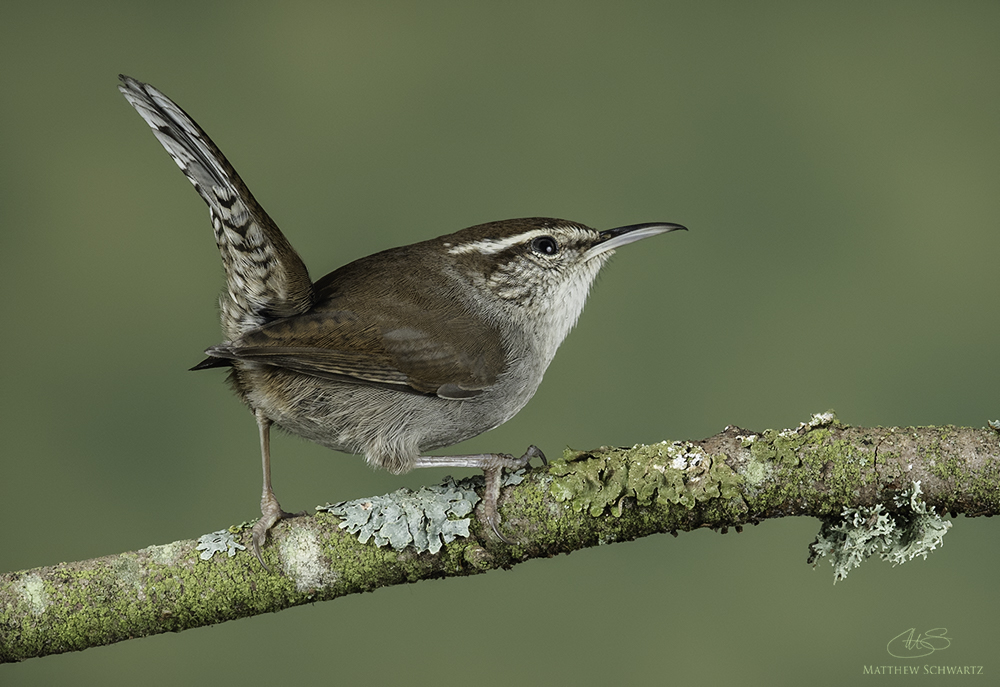I posted some backyard bird setup images in another thread here; but which I also have included at the bottom of this thread for reference. I will now explain how I created these images. I'd first like to note that, the first image, the Junco, was shot with natural light and high ISO, with some highlight flash. The other two images were shot with the more complex setup outlined below. I prefer the natural light shot, but as explained below, this was not always possible, and also the shutter speed was very slow, so I was lucky to get anything even remotely sharp.
My setups were more complex than what Alan Murphy generally teaches. The complexity was necessitated by some challenging conditions at the location I was shooting, and everything progressed gradually as I experimented, and ran into some roadblocks. The process took many hours, over a number of weekends in the past several months, as well as a good amount of money. A number of times, I felt like giving up, but as many of you know, I am typically a rather persistent photographer when I have a shot in mind.
The simplest explanation of the technique, is to choose the desired perch (usually a nice branch), set it up on some type of support, and to do this in a location that allows a good background (with far away vegetation that becomes out of focus), and good light from the correct direction, then attract the birds onto that perch via food, audio, or water. Alan Murphy recommends working from a blind and/or camouflage whenever possible, and I concur with this approach. When working in your own yard, all of these things can be easy to do, assuming you have all of the equipment, and environmental factors in your favor. I was working in my dad’s backyard, which is extremely ideal habitat. We have many trees, bushes, a pond, several feeders, as well as neighboring yards with many trees and some forest behind. This brings in tons of birds.
The problem, however, is that the location is very shaded, requiring high ISO settings to get a fast shutter speed. This results in a poor image quality. Also, all angles produce poor backgrounds, because there is not enough distance to throw it out of focus. After many failed attempts, and hours put in, to produce images under these conditions, I was sure I would be thwarted.
Next, I decided to try a fabric to create the ideal soft background. I went to the fabric store and picked up a number of promising looking patterns and colors. I should note here, that it was around this point which I got the Junco shot. This was on a day that the stars aligned, and I got some decent light poking through the trees. As noted, it was natural light with higher ISO, and a very slow shutter speed (lucky shot). The factors were too unpredictable, uncontrollable, and still resulted in an insufficient shutter speed and too high of an ISO. Thus my approach continued to evolve.
I realized I would need flash to overcome the poor natural light, so I tried a flash on the perch. I would also need a flash on the background fabric to equalize the exposure. That is where things started to go beyond most of the Alan Murphy setups. He does cover a few flash setups, for freezing birds in flight with a laser trigger (if I recall correctly), but in general, his basic perch setups do not use flashes (only a single, fill flash, used with natural light) The flashes did not produce a natural looking image; it was somewhat harsh lighting, and looked artificial. The flashes also needed to be triggered via my on-camera pop up flash, which emits an optical signal to the slave flashes. The background also looked bad, simply because it had too much detail and somewhat of a repeating pattern. Overall, not an ideal set up.
I realized that, to solve the fake lighting look, I’d need to diffused the flash, and to solve the triggering issue, I’d need some other method than the popup flash on my camera. I purchased some studio equipment - light stands, white shoot through umbrellas, radio triggers, and so forth. I decided to purchase a third flash, as well.
This brought me to my final setup iteration: Two flashes, with diffuser umbrellas pointed at the perch, from a relatively close range (about 12 inches), and a third flash, on the background, all triggered via radio transceivers (I used Cactus brand, which are affordable, yet have worked flawlessly every time).
After a lot of moving things around, experimenting, and working the angles in the backyard, I was finally able to achieve the ideal camera to subject distance, and subject to background (fabric) distance. The longer subject to background distance threw the fabric out of focus enough to look more natural. Also, I put a 1.4 extender on my 500mm lens, which further improved the background, and allowed me to get the subject larger in frame.
The diffused lighting with multiple flashes produced a soft, natural looking light, and I was able to manually set them at different powers, to sculpt the lighting as desired, as well as adjust the background flash power to control the brightness of the background. I believe the flashes were somewhere in the range of 1/8th power for all of them, with one of the perch lights being a fraction of a stop more powerful, to avoid flat lighting. The light angles (horizontal, and vertically) were also tweaked to get the shadows looking good. My ISO was somewhere around 400. Shutter speed at 1/250th, the sync speed of my 7D mark II camera.
The flash does startle some birds; occasionally they fly off, or sometimes they just look around in bewilderment, wondering what just happened. As far as I can tell, however, the flash does not hurt them in any way; the ones that fly off land in a tree and go on with their business, and the ones that stay on the perch after the flash firing, jump down and grab some food. If I believed that the flash hurt the birds, I would stop using it. I think using the flashes at 1/8th, and with diffusion, helps reduce the stress, compared to a bare flash at full power.
I also had to experiment a lot with various techniques to entice the birds onto the perch. I am still having a lot of trouble with this, even when using the techniques that Murphy outlines. This is probably due to the plethora of surrounding bushes, branches, deck railings, and other avenues of approach that the birds would prefer over my setup perch. Also, since I have to take down the regular feeders when I’m photographing, to draw them to the setup via a tray feeder beneath my perch, the visiting bird numbers drop drastically, and the variety of species does, as well. I suspect that this is due to the perch being closer to the ground, the tray feeder being less visible, the lack of the more enticing multiple feeder pole, and possibly the white umbrella setup.
Yet another frustration, in my setup, is the squirrels. We have at least 6, probably more, gray squirrels. They are fat and hungry, and rather adept at obtaining whatever food they desire. They are not a problem with the regular pole feeder, because we use an excellent squirrel baffle, at a good height, on a tall pole. To my surprise, this has completely foiled their attempts at reaching the feeders. However, on my setups, the food is in a tray near the ground. I have been able to reduce their raids by offering piles of in the shell peanuts. The squirrels go through the peanuts quite fast, so it can be a pain to continually throw more nuts out to entice them away from the setup. Sometimes they walk past the peanuts and start to poke around the setup tray feeder, but I give a quick slap to the blind fabric, which sends them “running for the hills.”
I spent many hours, on many days, sitting in a blind, and getting in and out to adjust factors of the setup. Trial and error, and a lot of it! After some time, I was able to get a few “lucky” shots. I will continue to experiment, tweak the setup and lighting, and persist, until I get more satisfactory shots, and further perfect my setups.
#1 Junco
#2 Chestnut-Backed Chickadee
#3 Bewick's Wren
Results 1 to 12 of 12
-
28th January 2015, 08:03 AM #1
How I shot my backyard bird images
-
28th January 2015, 09:03 AM #2
Re: How I shot my backyard bird images
Matt, many thanks for taking the time to explain what you have gone through to get theses shots. The effort has certainly paid off !
I look forward to seeing more images of your feathered visitors.
-
28th January 2015, 09:33 AM #3


- Join Date
- Dec 2013
- Location
- Chesterfield, Missouri/Melbourne, Australia
- Posts
- 17,827
- Real Name
- Izzie
Re: How I shot my backyard bird images
Matt -- thank you for all the information. What you have done with your feathered friends are truly remarkable...and the patience...my! I wish I have a lot of those!!! You've done very well indeed.
-
28th January 2015, 09:45 AM #4
Re: How I shot my backyard bird images
Thanks for the info, quite an effort undertaken.
-
28th January 2015, 11:38 AM #5
Re: How I shot my backyard bird images
Three great images Matt thanks for sharing your experience with this style of photography.
-
28th January 2015, 11:56 AM #6
Re: How I shot my backyard bird images
Thank you so much for the detailed write-up Matt. It really make me appreciate the excellent results even more by knowing how much TLC (time, labor, cash) was involved!
-
28th January 2015, 12:46 PM #7
Re: How I shot my backyard bird images
Great write-up Matt. Looks like its paying off.
-
28th January 2015, 12:47 PM #8

- Join Date
- May 2012
- Location
- northern Virginia suburb of Washington, DC
- Posts
- 19,064
Re: How I shot my backyard bird images
All of this proves the dedication, persistence and expertise that is sometimes required to consistently make fine photography. No example could be better than Matt's explanation of everything he went through to achieve the quality of these photos.
-
28th January 2015, 02:40 PM #9

- Join Date
- Dec 2012
- Location
- Alaska
- Posts
- 7,604
- Real Name
- Dan
Re: How I shot my backyard bird images
Great write-up, Matt. Patience and persistence are likely the two most important traits for wildlife photography. You definitely demonstrated them with this effort. When we lived in Fairbanks I fiddled a bit with a feeder setup. I'll attest that getting the birds to choose your branch among many and fighting off the squirrels can be maddening. I've wanted to set up a more elaborate "natural studio" where we live now but the birdseed attracts bears

So now do you plan to fill out a portfolio of various species or are you off to the next subject ? My guess is the latter
-
28th January 2015, 03:16 PM #10
Re: How I shot my backyard bird images
More thanks, Matt. Great essay and great images.
-
29th January 2015, 05:34 PM #11
Re: How I shot my backyard bird images
Hi Matt: I really appreciate the time you have taken to provide such a detailed explanation of your set up. Your trial and error approach was obviously well worth the effort.
-
30th January 2015, 05:49 AM #12
Re: How I shot my backyard bird images
I can't thank you all enough for your kind words. I am very flattered by your compliments and remarks. This is why CiC is such a great place on the web, and why I'm happy to reveal how I create my images

Dan, one thing you can try is to hang a plastic water jug about 6 feet off the ground, above a large pan (trash can lid etc) and poke a tiny pin prick hole in it, so it slowly drips water into the pan. The dripping water will create sound and visual rippling, which will attract birds in (assuming you don't already have a ton of water next to your house). Hope that gives you something to work with since you can't use food attractants. Another option might be audio calls, but of course use responsibly, with discretion.
Actually, I really do have a lot of bird species and shots I want to try for in the backyard setups....then again, I simply MUST drive out asap to chase down one of those hot reports of a Northern Pygmy-Owl...oh, and also I need to try for the Long-Eareds everyone is raving about...wait!!...I just read there is a family of Great Horned's with fledglings coming out.....sigh....



 Helpful Posts:
Helpful Posts: 



 Reply With Quote
Reply With Quote
